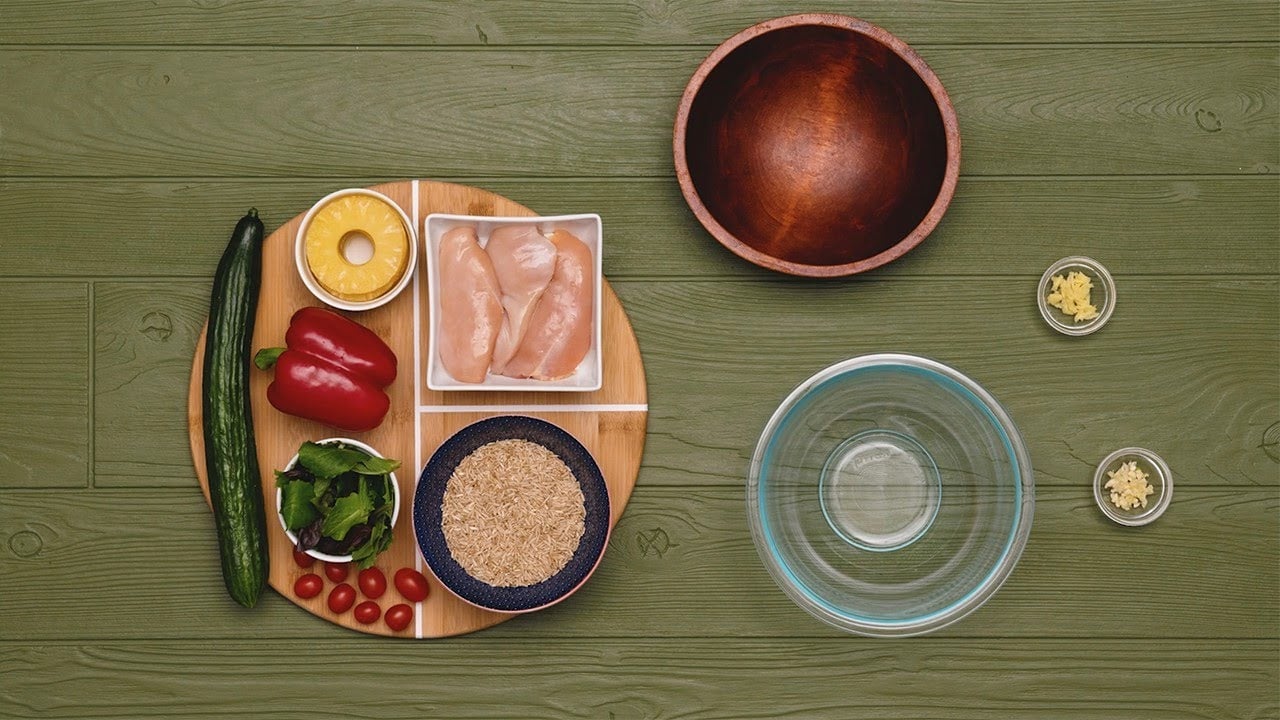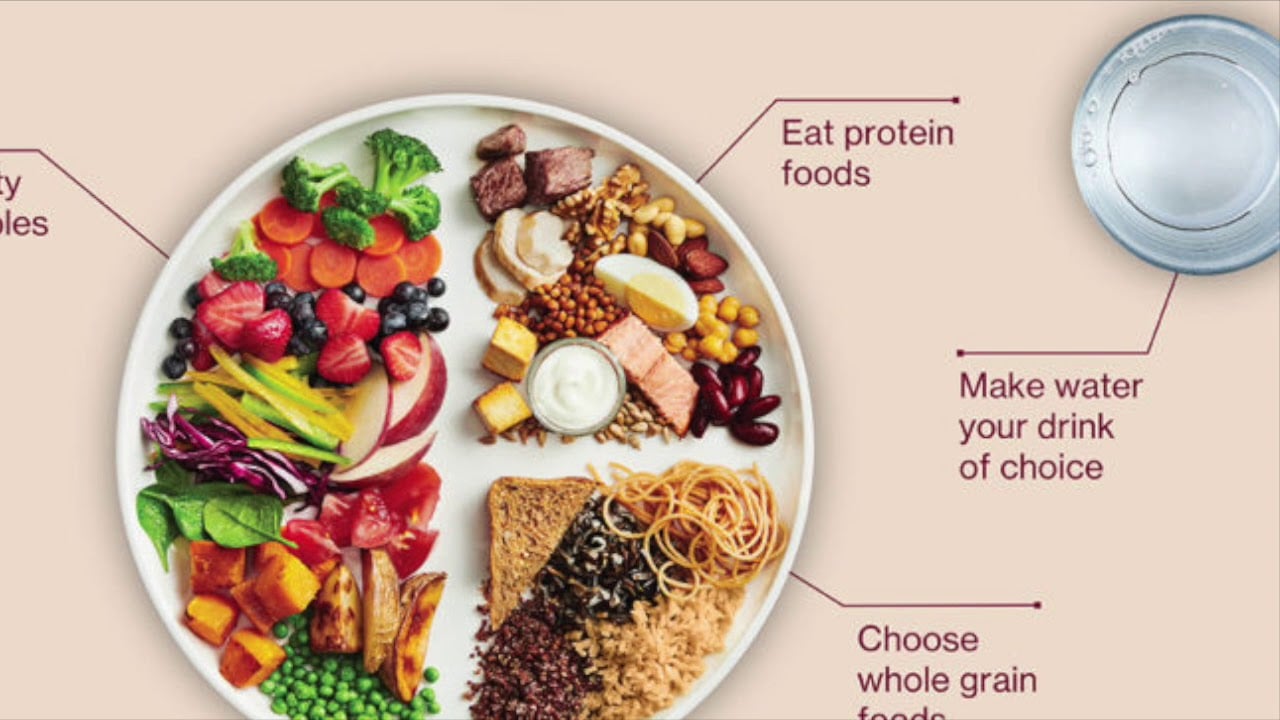Isn’t it surprising that Canadians have their own food guide? If you don’t know, a food guide is a pictorial representation of messages based on healthy eating habits and food behaviour to make the public aware.
Health Canada made the first Food Guide in 1942 to guide the people of Canada into healthy eating habits full of nutrition. The 1942 food guide was termed the “Official Food Rules.” Being one of the few baby steps toward healthy eating, the Food Guide is the first runner-up in the most requested publication of the Canadian government.

Canada’s Food Guide has 4 food groups mentioned in it:
- Vegetables and Fruits
- Whole Grains
- Milk and Alternatives
- Meat and Alternatives
The Canadian Food Guide Principles –
1. Consumption of More Plant-Based Foods
A healthy diet should be a combo of various vegetables and fruits, nuts, beans, whole grains, etc.
2. Selection of Whole Foods and Limiting Highly Processed Foods
This principle promotes rejecting or limiting highly processed foods like soft drinks, fast food, deli meat, and the use of minimally processed foods.
The 11 Golden Rules –
These golden rules are based on the recent and most developed form of Canada’s food guide from 1944 till now. These rules were given for a healthy daily eating routine.
1. Add Plenty of Vegetables and Fruits
Our daily diet is composed of 50% of vegetables and fruits. Remember to eat plenty of them as they are a great source of many vitamins.
2. Choose Whole Grain Foods
Whole grain foods should compose 25% of our daily diet and are healthier than processed grains. Wheat, rice, quinoa, etc. are some examples of grains, and bread, cereals and noodles are some of the products derived from them.
3. Choose Protein Foods
Besides whole grains, you should eat protein foods, which also comprise almost 25% of our daily diet. Choose protein foods, which we get from plants like beans, lentils, nuts, etc., over protein foods, which we get from animal-based foods, including meats like pork, chicken, beef, fish, etc. People can also opt for dairy products and lean meats.
4. Make Water Your Drink of Choice
Do not let other sugary drinks take over water; make water your first drink preference. Water is an irreplaceable great way to remain hydrated without extra calories.
5. Focus on Labels
To check what and how much people are consuming, these food labels can be helpful because they exhibit information about the nutritional value of the product that the company claims.
6. Limit Foods High in Sodium, Sugars, or Saturated Fat
Foods high in sodium, sugar, and saturated fat invite plenty of health issues. You can replace healthy fats like nuts, avocados, seeds, and many beneficial plant oils.
7. Be Aware of Food Marketing
Try not to be tricked by these companies as many times they sell us products that are not rich in nutrition and are harmful if consumed for a long time. Have your own food choices based on healthy eating, and do not get influenced by their food marketing.
8. Be Conscious of Your Eating Habits
Checking what and when one eats can help people to make healthier choices throughout their diet.
9. Cook More Often
We should not be lazy while preparing meals because it results in fewer outside junk meals that are high in sodium, sugar, and calories.
10. Enjoy Your Meal
Enjoying a meal is as important as healthy eating. So do not forget to enjoy the taste and aroma of every single bite of the food and also chew it well.
11. Eat Meals with Others
You should eat meals with friends and family, strengthening the love bond between them, which contributes to a person’s physical as well as emotional health.
Correct Food Proportion –
The appropriate food proportion of someone’s daily diet mentioned in the guide is:
- Fruits and Vegetables- 50%
- Whole Grain Foods- 25%
- Protein Foods- 25%
These are daily and must nutrition that one’s diet should contain; foods other than these should be eaten in a limited amount only,
Amendments Made in Canada’s Food Guide –
Change is a necessary part of everyone’s journey to acquire perfection. Similarly, many changes were made in the Canada’s food guide over the period.
1) In the year 1944, “Official Food Rules” was altered by adding cheese and eggs to the meat & fish group and retitled “Canada’s Food Rules.” And the use of iodized salt also came into action.
2) By 1949, the modification was done based on the reply of primary school teachers in which fortified margarine was added to the bread and cereal food group.Fortified margarine was a butter-like manufactured spread that was made with vegetable oils during the war because of the shortage of tallow and lard. Cod liver oil was identified as a great supplement containing vitamin D.
3) Old guidelines were updated by the year 1961, and “Canada’s Food Rules” took rebirth as “Canada’s Food Guide”. Whole grains were still in the limelight, and on the other side, citrus fruit made its entry due to the construction of highways and the allowance of trucks to import from Florida. Milk requirements of nursing and to-be mothers were also highlighted.
4) In 1977, there were only four food groups due to the adjoining of “fruits and vegetables” as a single group. The potato was no longer a daily friend of the diet plan. A metric system was put into work. Canada’s Food Guide snapshot made its first entry.
5) In 1982, a warning was made aware people of Canada through this Food Guide about the connection between the foods you eat and heart disease.
6) By 1992, Canada’s Food Guide was termed “healthy eating“. Rainbow graphics took over the pie chart which has been there since 1977.
According to the guide, the diet came to be known as “minimum requirements”, people with different needs for less or more food were advised as per their needs.
The 1992 version introduced a diet called the “total diet“, this diet was based on different age groups, body requirements, gender, daily activities and many other special conditions like pregnancy, etc.
The improvement of the 1992 guide was handed over to the officials who primitively made an approach in the formation of the guide through many consumers, experts, and scientific-based reviews and surveys.
A 16 pages snapshot was published with the front and back banners of previous years which was now accessible through the internet in both the official languages of Canada.
A new group termed “Other Foods” was added, and other groups were retitled as :
- Vegetables and fruits
- Milk products
- Grain products
- Meat and alternatives
- Other foods
7) In the year 2007, Inuit and Métis people were interposed by making it the first ethnic-cultural defined guide. Canada’s food guide spread up to six pages and was known as “Eating well with Canada’s food guide“.
Obesity got its identity as a health issue, and the milk products group was changed to the milk and alternatives group. People were advised to limit trans fats, and unsaturated fats were preferred over saturated fats.
8) In January 2019, changes were made to Canada’s Food Guide and were made accessible to the people of Canada. Rather than highlighting the food groups and servings, this guide put forward a message of eating plenty of fruits and vegetables, whole grains, and protein foods that are derived from plants.
Disregarding the industry-commissioned reports, this guide was designed to focus on scientific reports about food and health.
The Canadian Food Guide – Need of the Hour
As you know, health is the greatest asset a man can attain and this Canadian Guide is a need for the coming times. Also, this is not only part of the Canadian diet. Anyone who wishes for guidance in aiming for a healthy lifestyle can take the above-mentioned advice from this food guide.
Last Updated on April 18, 2024 by Pragya Chakrapani









